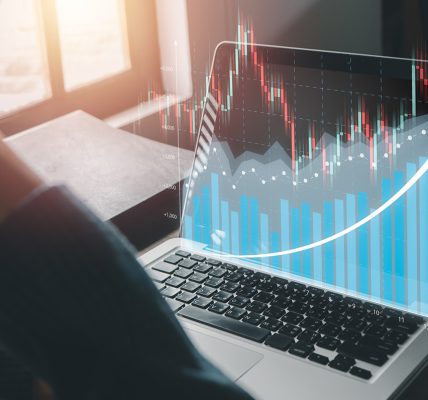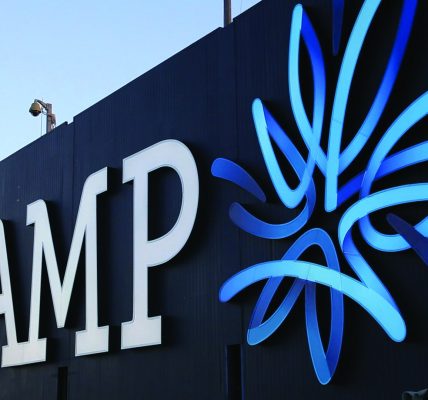[ad_1]
The size of Australia’s sustainable funds market shrank to roughly $30 billion as of June 30, down $300 million from the end of March, according to new data from Morningstar.
In the second quarter of 2024 Australia and New Zealand sustainable funds experienced outflows of nearly US$800 million, following modest inflows of US$27 million in the previous period. This was on the back of positive inflows of $6.6 billion injected into the wider Australian fund universe during the quarter.
In January, Morningstar reported that Australia saw inflows of about US$567 million in the final three months of 2023, led by active strategies that earned US$434 million.
==
==
Conversely, active strategies were solely responsible for all outflows in the second quarter, while passively managed products attracted nearly $5 billion in investor dollars.
Looking across asset classes, fixed income strategies continued to report net inflows in the quarter ($230 million), compared to equity and allocation funds, which faced withdrawals of $670 million and $400 million, respectively.
Turning to fund launches, Morningstar revealed that four new sustainable funds were launched in the second quarter, a lag from the previous period, bringing the total number of strategies in the region to 271 by the end of June.
“Australia's sustainable fund market remains highly concentrated, with the top 10 firms accounting for almost two-thirds of total sustainable fund assets. This ratio has remained stable this year,” the research house said in its latest report.
Namely, Dimensional Fund Advisors (DFA) had the highest domestic market share, followed by Betashares and Vanguard.
Beyond Australia
Regionally, the Asia-Pacific sustainable fund landscape presented a mixed picture.
While Asia (ex-Japan and ex-China) saw positive inflows of US$2.5 billion, investors injected a remarkable US$2.7 billion into Taiwan.
However, Japan continued to experience outflows, which slowed to US$1.3 billion from a revised US$1.7 billion in the first three months of the year.
For the global market, Morningstar said the sustainable fund universe showed signs of recovery in the second quarter, with net inflows of nearly US$4.3 billion. This contrasts sharply with the restated outflows of US$2.9 billion seen in the prior period.
“The picture for global ESG fund flows is starting to improve. We started the year with outflows, but that has since reversed with money flowing back into the sector,” said Hortense Bioy, head of sustainable investing research at Morningstar Sustainalytics.
“European ESG funds have raised more than USD 20 billion so far this year. Across the pond, investor appetite for ESG funds remains weak, with outflows continuing, but they were smaller than what we saw in the previous two quarters,” Bioi said.
Namely, Europe, the world's leading market for sustainable funds, attracted US$11.8 billion in the second quarter, up from a revised US$8.4 billion in the previous three months.
The research house also reported that as of the end of June, BlackRock continues to top the table in the global sustainability investing market with assets of more than US$370 billion in open-end assets and ESG-focused ETFs.
This is largely due to its passive offering, which has raised over US$300 billion in net assets.
Behind BlackRock, Europe's biggest fund manager, Amundi, reached US$177 billion, almost flat on the previous quarter.
[ad_2]





